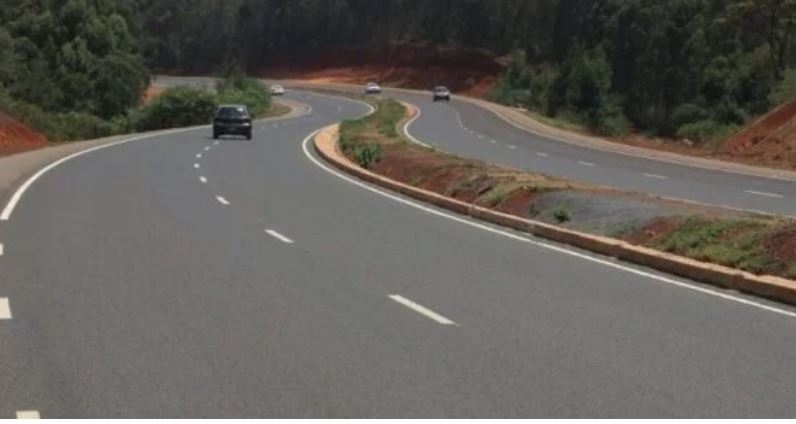
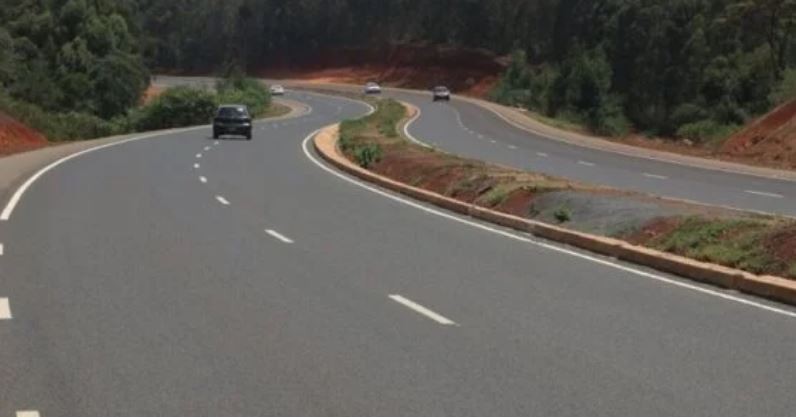
The Nairobi–Nakuru–Mau Summit road/FILE
The Kenya National Highways Authority (KeNHA) has clarified that no tenders
have been awarded for the construction of the Nairobi–Nakuru–Mau Summit and
Rironi–Maai Mahiu–Naivasha road projects.
In a statement, the authority explained that the
concurrence granted so far only permits it to begin negotiations with the
preferred bidder.
“Kindly note that the PPP Committee has not yet
approved the award for implementation of the project. The concurrence granted
only allows KeNHA to commence negotiations with the preferred proponent in line
with the PPP process. This is the process that is currently ongoing,” KeNHA
said.
The statement comes amid public concern and
speculation over the delay in awarding tenders for the two major road projects,
which are expected to ease traffic and boost transport along a key economic
corridor.
KeNHA assured the public that the projects
will be implemented with transparency and accountability at every stage.
“All progress updates and decisions are being
disclosed publicly in line with the PPP Act, Cap 430, and the National Treasury
Circular of April 24, 2025, on Public Disclosure of Privately Initiated
Proposals (PIPs),” Acting Director-General Luka Kimeli said.
The authority noted that it had received
Public-Private Partnership (PPP) proposals from Shandong Hi-Speed Road and
Bridge International Engineering Company Limited (SDRBI); China Road and Bridge
Corporation (CRBC) in partnership with the National Social Security Fund (NSSF)
Board of Trustees; and Multiplex Partners Company Limited. However, Multiplex
was disqualified for failing to pay the mandatory non-refundable proposal
review fee at the submission stage.
KeNHA stated that the two remaining proposals
were evaluated, after which the PPP Committee gave conditional approval for the
proponents to proceed to the Project Development Phase (PDP).
Following this approval, the shortlisted
bidders conducted feasibility studies and submitted their PDP reports to KeNHA
on September 15, 2025.
As part of the PDP, KeNHA conducted stakeholder engagement and public participation exercises along the project corridor from August 18 to September 8, 2025.
This was in line with Article 10
of the Constitution of Kenya, which emphasizes public participation in national
projects.
After receiving the reports, KeNHA evaluated
the submissions in accordance with Section 43(9) of the Public Private
Partnerships Act, Cap 430, and forwarded the evaluation report to the PPP
Directorate for review and recommendation to the PPP Committee.
Based on this review, the PPP Committee under
the National Treasury approved China Road and Bridge Corporation (CRBC) and the
National Social Security Fund (NSSF) Consortium as the Preferred Proponent for
the project.
However, KeNHA emphasized that this
concurrence does not mean the project contract has been awarded.
The Nairobi–Nakuru–Mau Summit and Rironi–Maai
Mahiu–Naivasha highways are among Kenya’s busiest routes, serving thousands of
passengers and cargo trucks daily. The upgrade is expected to enhance safety,
reduce congestion, and support trade and regional integration.
The project covers approximately 175
kilometres of the A8 Road (Rironi–Nakuru–Mau Summit) and 58 kilometres of the
A8 South Road (Rironi–Maai Mahiu–Naivasha).
KeNHA further announced that it intends to
implement the project under a tolling model.
“Road users will, therefore, be required to
pay toll fees determined through an approved tariff framework, with rates
regulated to ensure affordability, transparency, and sustainability, while
enabling the private partner to recover investment and maintenance costs during
the concession period,” the agency said.
The authority added that it will map out
available alternative roads from Rironi to Mau Summit, where feasible, for
public use by those who may opt not to pay toll fees.
“The public should be assured that the
Authority will ensure their interests are accommodated regarding the structure,
intent, and safeguards of the project. The Authority assures the public that
the project will be executed in a manner that upholds public interest, promotes
economic efficiency, and delivers a safe, reliable, and sustainable road
infrastructure for present and future generations.”





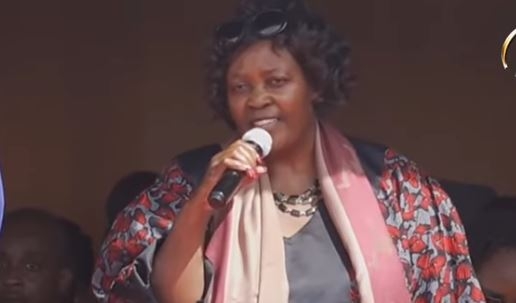





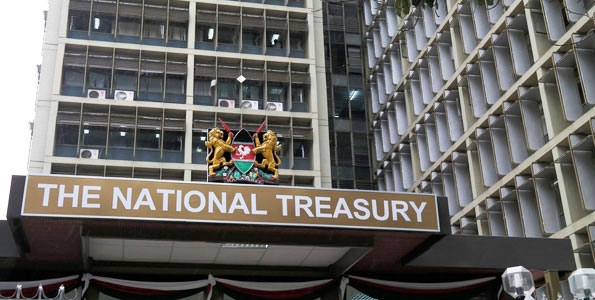

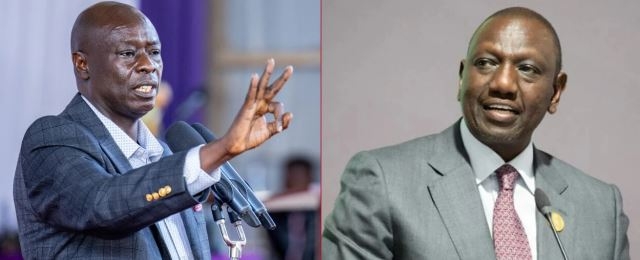




![[PHOTOS] Family, friends receive body of Raila’s sister, Beryl](/_next/image?url=https%3A%2F%2Fcdn.radioafrica.digital%2Fimage%2F2025%2F11%2Fdfe6a9bf-ede1-47a4-bdc0-4f564edb03dd.jpeg&w=3840&q=100)
